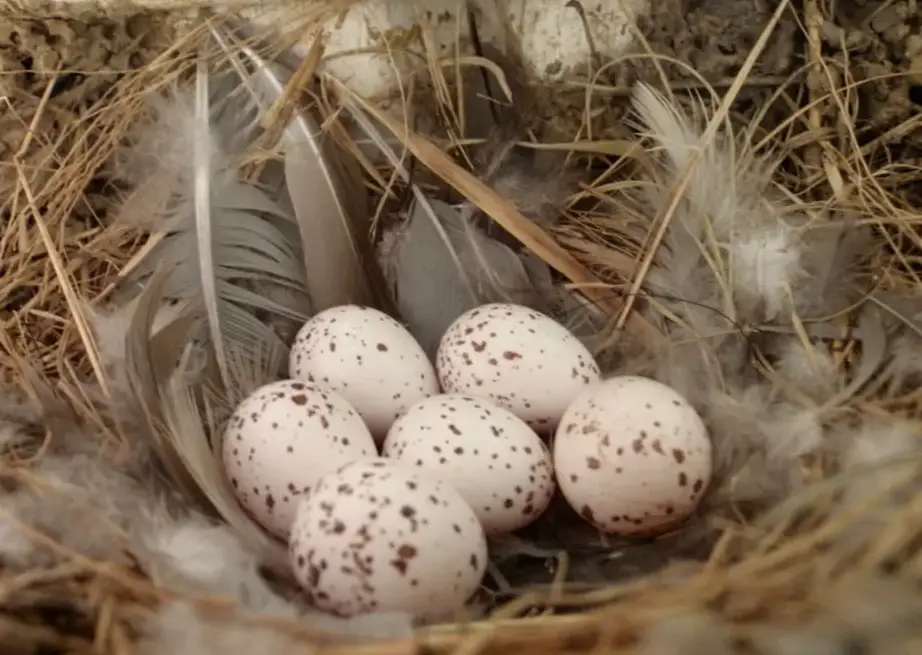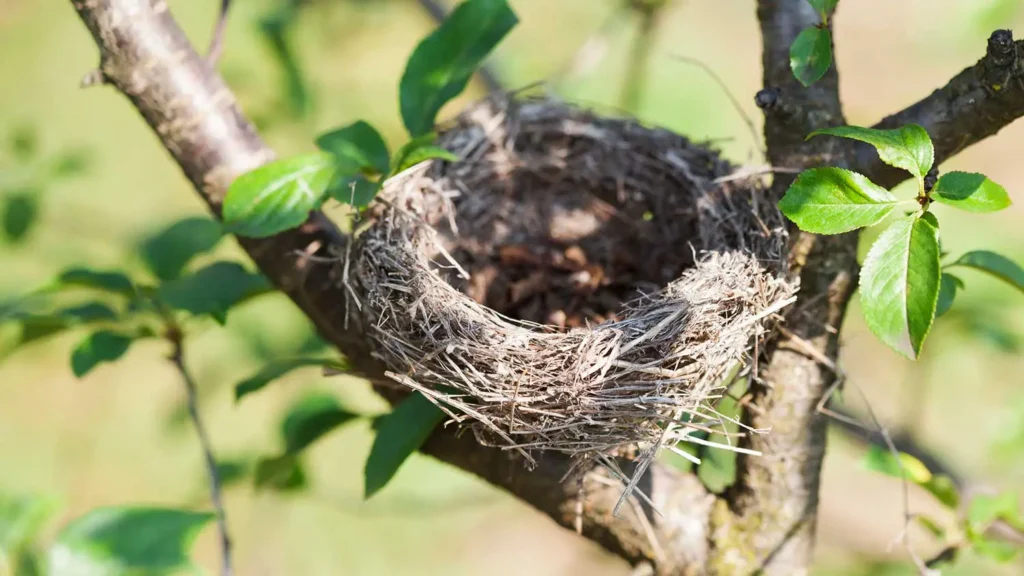
How to Get Rid of Bird Eggs Safely and Legally
Birds tend to settle in undesirable regions such as housetops, vents, and overhangs. Although they might appear harmless, bird eggs and nests can actually pose problems. They can harm structures, carry diseases, and bring additional birds. Homeowners mostly wonder, How to get rid of bird eggs safely and legally? This Pigeon Control Toronto guide supplies professional advice and techniques.
Removing bird eggs may seem like a straightforward activity, yet it involves a range of responsibilities, risks, and ethical considerations. Most homeowners do not fully understand the possible outcomes of intervening with nesting birds. When carried out incorrectly, the activity can contravene federal or provincial legislation.
Learning about Legal Restrictions on Bird Eggs
Birds like pigeons or sparrows within the house might not be ensured, but fowls like robins or swallows tend to be secured. The legitimate way to manage secure species is to essentially wait until the animal has entered a torpid state, typically after the breeding season has passed.
Bird Protection Laws in Canada
Prior to taking out any bird eggs, be aware of the law. In Canada, there are a few winged creature species that the Transient Fowl Species Act secures. The legislation prohibits harming bird eggs or nests without a license. Taking out protected bird eggs is punishable with fines or even prosecution. Always check to see if the species is listed as protected.
When Are Eggs Not Protected?
Non-native or invasive birds, such as pigeons and house sparrows, are typically not afforded protection. Removing their eggs will not pose any legal problems. Nevertheless, check with local wildlife officials or pest control specialists beforehand.
Why You Should Remove Bird Eggs
Inspect your home to identify areas where birds may be nesting. These areas are usually vents, ledges, chimney caps, roof beams, and eaves. Once you find these areas, block them up with bird-proof material such as wire mesh, metal flashing, or vent covers.
Property Damage and Sanitation
Bird nests can block gutters, vents, and chimneys. Bird droppings can corrode materials used in the construction of buildings. Bird mites, lice, and bacteria can be transmitted from nests to humans and pets.
Preventing a Larger Infestation
Birds tend to come back to successful breeding grounds. If you leave nests with eggs alone, the same birds or others will return year after year.
Step-by-Step Guide: How to Get Rid of Bird Eggs

Aside from legitimate considerations, property owners should also consider security concerns when handling a settlement. Winged creature homes often contain harmful parasites, such as bugs, insects, and lice, which can easily pass on to people or pets.
Step 1: Determine the Bird Species
To begin, identify the species of bird. Refer to online resources or hire a bird control specialist. Ensuring legal compliance is made easier by this step.
Step 2: Verify Legal Protections
Contact your local wildlife agency or visit their website for more information. Verify that the bird eggs intended for removal are not under legal protection.
Step 3: Wait Until the Nest is Not Active
If protected, wait till the nest falls dormant. Take it out after the birds have flown away or fledged.
Step 4: Wear Safety Gear
Put on gloves, a mask, and protective gear. Bird eggs and nests can have parasites or diseases.
Step 5: Take Out Eggs and Nest
Collect the eggs and nest them in a sealed bag. Please place them in a secure outdoor receptacle to prevent the transmission of disease.
Alternative. Ways to Prevent Nesting
These methods pose health risks; therefore, gloves, a mask, and protective gear are required. Must be worn while taking further away with any nesting material. Bird eggs should be removed only once, but repeated removal may be necessary if your property remains infested. Attractive to birds, they will nest again. This constitutes a continuous issue. That worsens over time.
- Install Bird Deterrents
Install bird spikes, netting, or repellent gel to deter nesting in specific areas. These devices make surfaces uncomfortable for birds.
- Use Visual or Sound Deterrents
Reflective tape, predator decoys, or noise machines are scare devices that can deter birds from nesting around your property.
- Seal Entry Points
Examine the outside of your house: seal openings, vents, and ledges where birds could nest. Apply bird-proof covers or wire mesh where necessary to protect the area.
When to Call a Professional
Dealing with bird eggs once won’t cut it. If your property continues to attract birds, they’ll return and nest. This creates a cyclical issue that worsens over time. Prevention is just as crucial as removal, therefore.
- Legal and Safe Removal
If you’re unsure of the legality or how to do it yourself, consider contacting a professional bird control service, such as Pigeon Control Toronto (pigeoncontroltoronto.ca). We specialize in the humane and legal removal of bird eggs and nests.
- Custom Solutions for Your Home
Each residence is unique. Experts evaluate the building, identify the bird species, and recommend customized deterrents and exclusion protocols.
Conclusion
If birds have made your home their nesting site, don’t panic. Follow our legal, safe guide on how to get rid of bird eggs. Identify the species, understand the laws, and take informed action. Whether you handle it yourself or hire professionals, protect your home without harming wildlife. For trusted advice and safe removal services, contact Pigeon Control Toronto today.


